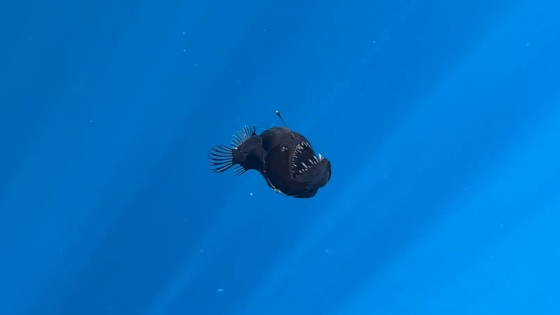On February 10, 2025, researchers with the NGO Condrik made a rare discovery off the coast of Tenerife when they spotted an adult abyssal humpback anglerfish near the surface. This sighting is potentially the first instance of the species being observed in broad daylight, as previous encounters have been limited to underwater images or dead specimens.
- Rare sighting of abyssal humpback anglerfish
- First daylight observation of the species
- Speculation on El Niño influence
- Fish found in poor condition
- Body sent for further study at MUNA
- Bioluminescent lure used for prey attraction
The unusual find occurred just 2 kilometers from shore, where underwater photographer David Jara Boguñá first noticed the fish. Marine biologist Laia Valor, part of the shark expedition, reported that the fish was in poor condition and survived only a few hours after being discovered.
The abyssal humpback anglerfish typically resides at depths between 200 and 2,000 meters, making this sighting particularly unusual. Marine biologists have limited previous observations to submarine images, dead individuals, or larvae. The fish’s appearance near the surface has raised questions among researchers about its behavior and environmental factors that may have influenced this occurrence.
Some scientists speculate that El Niño weather events could cause certain individuals of the species to rise closer to the surface due to reduced cold water upwelling off the coast of North America. Laia Valor noted the fish’s unusual presence, stating, “There could be thousands of reasons why it was there.” The researchers spent several hours with the fish before it passed away.
After its death, the body of the anglerfish was taken to the Museum of Nature and Archaeology (MUNA) in Santa Cruz de Tenerife for further study. This examination aims to enhance understanding of this elusive species. The humpback anglerfish is known for its large mouth filled with sharp teeth and a bioluminescent lure used to attract prey in its dark habitat.
This sighting of the abyssal humpback anglerfish represents a significant event in marine biology, offering a rare glimpse into the behavior of a species that typically remains hidden in the depths of the ocean. The ongoing research may yield valuable information about the species and its ecological role.































